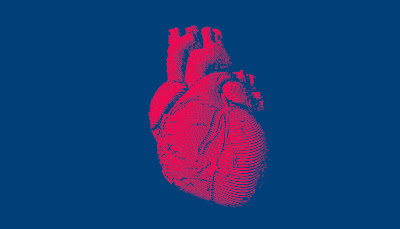IN THE 16TH CENTURY, SAINTHOOD BEGAN WITH AN AUTOPSY
"I found shut to 3 dozen saints (and just because I quit taking care of that) that were based on a postmortem," says Brad Bouley, teacher of background at the College of Santa Barbara and writer of Pious Postmortems: Composition, Sanctity and the Catholic Church in Very early Modern Europe (College of Pennsylvania Push, 2017).
trik luar biasa agar raih tebakan angka jitu
"These were attempts to explore their bodies using a brand-new composition to determine if God had touched them, the idea being that closeness to God isn't simply a spiritual issue, but would certainly actually change your body."
Many of the bodies were observed to have hardly any degeneration or to have a particular wonderful smell, recommending they were divinely excused from the physical process of decomposition and certainly deserving of sainthood.
"CHURCH MEN, WHEN THEY'RE TRYING TO DEMONSTRATE THE REALITY OF MIRACLES, AREN'T JUST SAYING THAT YOU HAVE TO BELIEVE, THEY'RE TRYING TO PROVE IT."
"What the church was attempting to show with these evaluations, to the faithful and non-faithful alike, is that what you are seeing in these bodies can't be all-natural, and must therefore be past the world of the all-natural," Bouley says.
In guide, Bouley connects founding concepts of modern scientific research back to the practice of postmortem evaluation as approved by the church.
"Individuals were beginning to use more empirical knowledge, and to find out about nature by exploring," he says. "Doctors would certainly sometimes test bodies several times, in various atmospheric problems. Church guys, when they're attempting to show the reality of wonders, aren't simply saying that you need to think, they're attempting to show it."
The practice of postmortem had social ramifications, too, Bouley composes. Condition and sex were key consider determining holiness, illuminating very early modern mindsets about course and sex.
"One of the most intrusive evaluations, that consisted of penetrating and clear look for celibacy, happened to ladies. Ladies weren't really enabled to have a public persona, so for a women saint to have a public persona was quite worrisome to individuals."
"THE DESIRE TO USE MEDICAL EVIDENCE TO DEMONSTRATE THE HOLY IS DEFINITELY STILL GOING ON."
Further, canonization was often reserved for the exclusive. "It was extremely expensive to have a canonization occur, and to bring a physician into appearance at a body," he says. "You needed to have place, or at the very least have individuals of place such as you to begin the canonization process. It had not been simply about the proof, but about that moneyed the proof."



